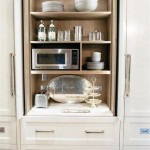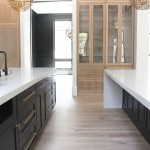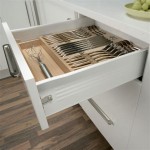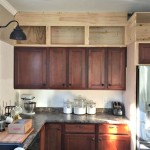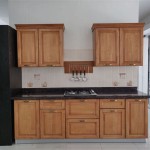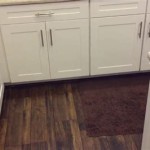Painting Kitchen Cabinets That Are Not Real Wood: Essential Aspects
When it comes to updating the look of your kitchen, painting your cabinets is a great option that can give your space a fresh new look without the expense of replacing them. However, if your cabinets are not made of real wood, there are a few extra things you need to keep in mind to ensure a successful paint job.
Here are some essential aspects to consider when painting kitchen cabinets that are not real wood:
1. Preparation is Key
As with any painting project, preparation is key. This is especially important for cabinets that are not real wood, as the surface may be more difficult to paint. Start by cleaning the cabinets thoroughly with a degreaser to remove any dirt or grease. Then, sand the cabinets lightly with a fine-grit sandpaper to create a smooth surface for the paint to adhere to. Finally, wipe down the cabinets with a tack cloth to remove any dust.
2. Choose the Right Paint
Not all paints are created equal, and some are better suited for painting kitchen cabinets than others. When choosing a paint, look for a product that is specifically designed for kitchen cabinets. These paints are typically more durable and resistant to wear and tear. You should also choose a paint that has a finish that you like. There are many different finishes available, from matte to glossy.
3. Use a Primer
Using a primer is essential when painting kitchen cabinets that are not real wood. Primer helps to create a smooth surface for the paint to adhere to and helps to prevent the paint from chipping or peeling. Be sure to use a primer that is specifically designed for kitchen cabinets.
4. Apply Thin Coats
When painting kitchen cabinets, it is important to apply thin coats of paint. This will help to prevent the paint from running or dripping. Allow each coat of paint to dry completely before applying the next coat. You may need to apply multiple coats of paint to achieve the desired coverage.
5. Use a Brush or Roller
You can use a brush or a roller to paint your kitchen cabinets. If you are using a brush, be sure to use a brush that is specifically designed for painting cabinets. A roller will give you a smoother finish, but it is important to use a roller that is lint-free.
6. Allow the Paint to Dry Completely
Once you have finished painting your kitchen cabinets, allow the paint to dry completely before using them. This will help to prevent the paint from chipping or peeling.
7. Protect the Paint
Once the paint has dried, you can protect it by applying a clear finish. This will help to keep the paint from fading or yellowing over time. There are many different clear finishes available, so be sure to choose one that is specifically designed for kitchen cabinets.
By following these essential aspects, you can paint your kitchen cabinets that are not real wood and give your kitchen a fresh new look.

How To Paint Pressed Wood Kitchen Cabinets Choice Cabinet

How To Paint Fake Wood Kitchen Cabinets Simple Made Pretty 2024

Should I Paint My Kitchen Cabinets

How To Paint Laminate Kitchen Cabinets Perfect Finish Tips

Tips Tricks To Paint Honey Oak Kitchen Cabinets Cottage Living And Style

How To Paint Kitchen Cabinets Without Sanding Or Priming

My Painted Cabinets Two Years Later The Good Bad Ugly

How To Paint Your Kitchen Cabinets The Prairie Homestead

Avoid These Mistakes How To Paint Cabinets That Are Already Painted Grace In My Space

Afraid To Paint Kitchen Cabinets Inspiration And Information Salvage Sister Mister
Related Posts

